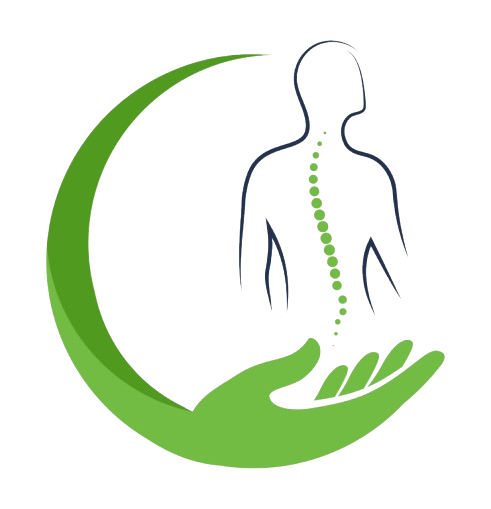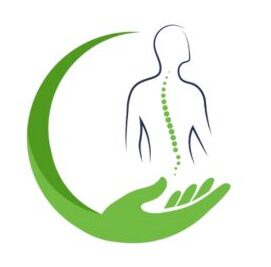Sciatica pain can disturb daily life with its sharp, shooting discomfort starting from the lower back and extending down the legs. It often makes simple activities like walking or sitting painful, affecting overall well-being. Many sufferers are seeking effective sciatica pain relief methods. This is where craniosacral therapy for sciatica enters.
Craniosacral therapy (CST) is a gentle, hands-on healing method that offers relief by focusing on the soft tissues that surround the brain and spinal cord. In this blog, we’ll explore the soothing role of craniosacral therapy in alleviating sciatica pain. We’ll unravel the therapy’s principles, its holistic benefits, and how it differs from traditional treatments.
Understanding Sciatica and Craniosacral Therapy
Sciatica isn’t an affliction of its own but rather a symptom of an underlying issue related to the sciatic nerve. This nerve runs from the lower back down each leg. Common symptoms include sharp pain in the lower back, numbness, and tingling in the legs. Causes range from herniated disks to spinal stenosis.
Craniosacral therapy focuses on the craniosacral system, which is made up of the membranes and fluid that protect the brain and spinal cord. By gently applying pressure to key areas, CST practitioners aim to enhance the body’s natural healing processes. The therapy prioritizes the body’s ability to self-correct and aims to release tensions deep within the body’s central nervous system.
What sets craniosacral therapy for sciatica apart from conventional treatments like medications or surgery is its non-invasive nature. While traditional methods focus directly on removing the physical cause of pain, CST operates under the belief that healing can also be accomplished by nurturing the body’s natural balance.
The Holistic Benefits of Craniosacral Therapy for Sciatica
Addressing Sciatic Nerve Pain
Craniosacral therapy explores the connection between the body’s different systems. CST therapists use gentle, touch-based techniques to release tensions and restore balance. By addressing the root tensions and misalignments in the body, CST can provide targeted relief for tricky symptoms along the sciatic nerve.
Benefits on Key Systems
- Central Nervous System: CST helps in calming the central nervous system, reducing stress and promoting relaxation.
- Musculoskeletal System: The therapy aids in relieving tension in muscles and joints that may contribute to sciatic pain.
- Cerebrospinal Fluid: This fluid acts as a cushion for the brain and spine. CST can support its flow, ensuring nutrients and waste are effectively managed.
Insight from an Indian expert, Dr. Meena Sharma, a seasoned practitioner of craniosacral therapy in India, shares that more people are choosing CST for its gentle and holistic approach. “It encourages the body to heal itself, addressing not just physical but emotional blocks as well,” she explains.
Dispelling Myths
There are misconceptions that craniosacral therapy is just a placebo or only works for back pain. In reality, CST is growing in popularity both worldwide and in India for addressing a variety of conditions, including stress, neck pain, and hence, is seen as a beneficial component in sciatica pain relief methods.
Complementary Treatments and Conclusion
While craniosacral therapy for sciatica holds promise, it can be even more effective when combined with other treatments.
- Physical Therapy: Strengthening exercises that support the back can enhance CST’s effectiveness.
- Yoga: Gentle stretching through yoga complements CST to further relax the sciatic nerve.
- Massage Therapy: Another hands-on approach that alleviates muscle tension and pain.
Choosing the right treatment is personal. It’s about what suits an individual’s symptoms and lifestyle needs. A well-rounded approach considering CST is beneficial.
In summary, the benefits of craniosacral therapy offer an adaptable path to healing. Combining CST with other methods creates a comprehensive strategy for those seeking freedom from pain. If you’re exploring options for your sciatic pain, consider consulting a CST expert to learn more about this gentle, yet powerful method. The potential CST therapy benefits are worth considering, as are its harmonious effects on the body’s rhythm and balance.



